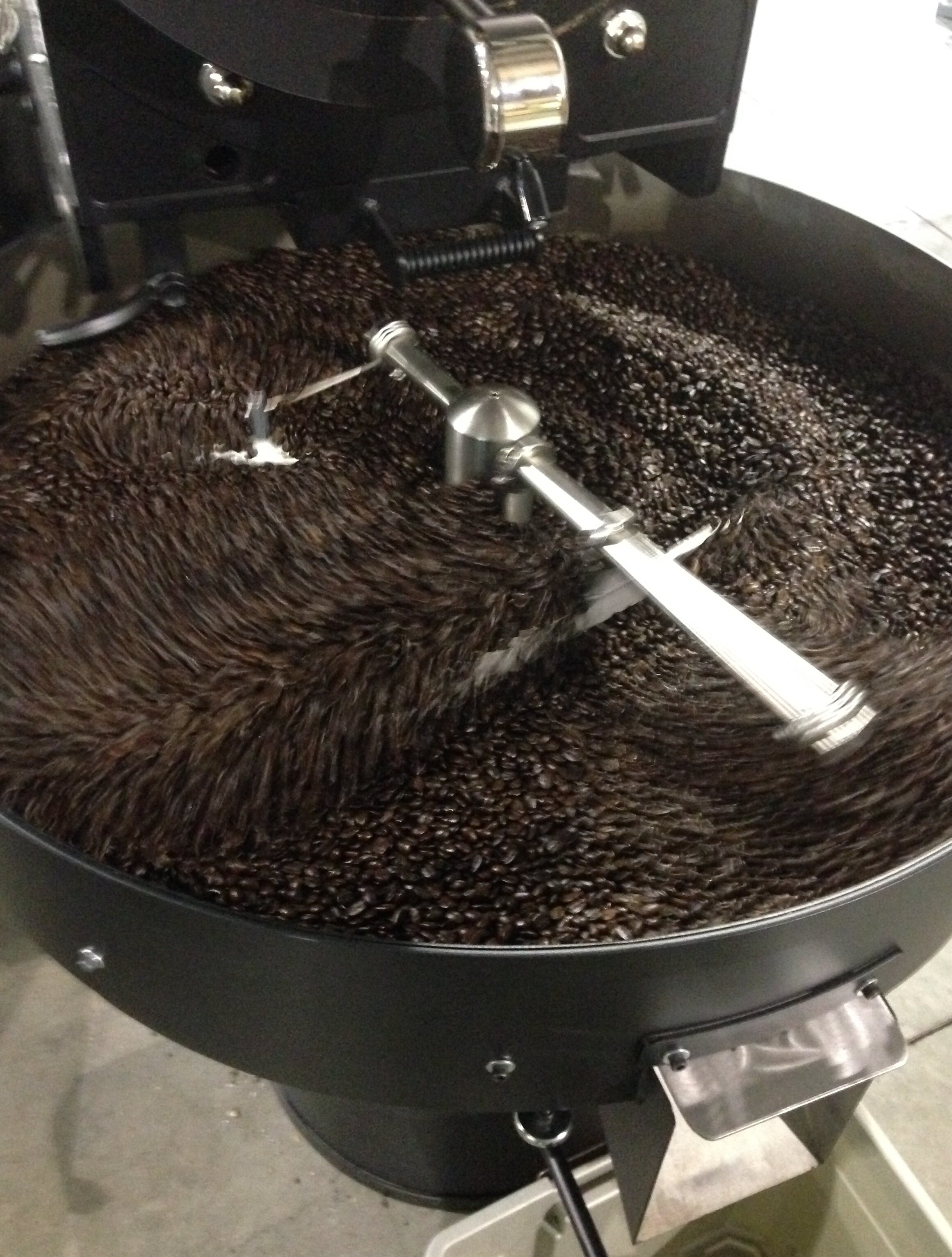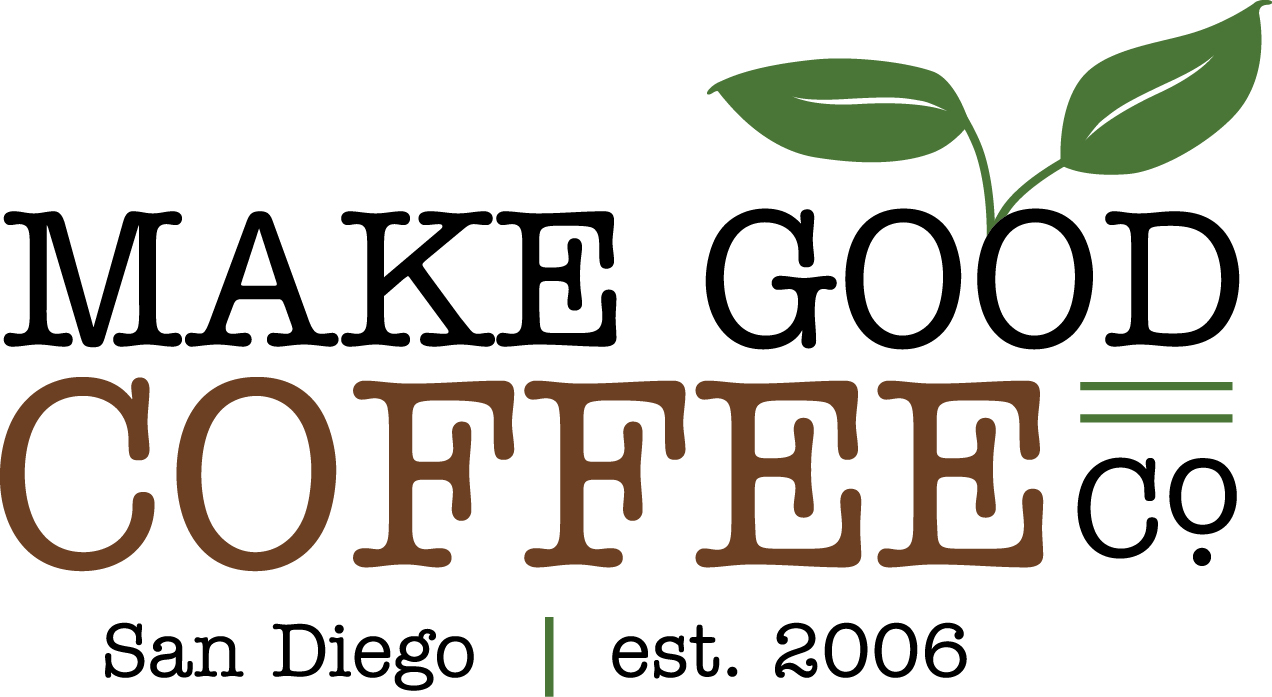My First Commercial Coffee Roasting!
 I'm so excited to share this experience with you. I have roasted my first commercial batch of coffee!Up to this point, I've only dabbled in home coffee roasting. That started with a simple popcorn popper, which is the most basic form of a coffee roaster. In fact, it helps to think of advancements in the coffee roaster being improvements and scale-up of the popcorn popper.Read: How does coffee get roasted?From there, I invested in a small home coffee roaster for hobbyists, a definite improvement from the popcorn popper. The challenge with roasting coffee is in the ventilation since it creates so much smoke. My first home coffee roaster would set off the smoke alarm until I moved the operation to the garage. The last roaster I bought was yet another improvement, this one with a catalytic converter (same as your car's exhaust system) to reduce smoke.
I'm so excited to share this experience with you. I have roasted my first commercial batch of coffee!Up to this point, I've only dabbled in home coffee roasting. That started with a simple popcorn popper, which is the most basic form of a coffee roaster. In fact, it helps to think of advancements in the coffee roaster being improvements and scale-up of the popcorn popper.Read: How does coffee get roasted?From there, I invested in a small home coffee roaster for hobbyists, a definite improvement from the popcorn popper. The challenge with roasting coffee is in the ventilation since it creates so much smoke. My first home coffee roaster would set off the smoke alarm until I moved the operation to the garage. The last roaster I bought was yet another improvement, this one with a catalytic converter (same as your car's exhaust system) to reduce smoke.
[ad#Google Adsense - use me]

On a recent trip through Reno, NV, I made a point of stopping in at Coffee Per, manufacturer of the San Franciscan commercial coffee roaster. CEO Bill Kennedy gave me a great tour of the facility, and also invited me to roast a commercial batch of coffee, my first ever!
Read: Coffee Per - the San Franciscan Roaster
Bill let me do all the work, although he definitely helped. The roaster we used was the San Franciscan SF-25, 25 as in the number of pounds that it can roast at one time. Coffee Per is not only a manufacturer of roasting equipment, but they are also a wholesale coffee roaster, using their own equipment. Bill had an order to fill, and in his words, he was going to do all the talking, and I was going to do all the work.

Here's a very quick rundown of what we did. Bill had the green unroasted coffee beans in a bin ready to be loaded into the hopper at the top of the roaster. I lifted the bin to the top of the roaster, and dumped the green coffee into the hopper. We then fired up the roaster by turning on the heat beneath the drum in which the coffee would be roasted, when dropped from the hopper. Gauges on the roaster identify the temperature inside the drum, and would also let us know the bean temperature as the roasting progresses.
On Bill's signal, I released the green coffee from the hopper into the drum. A small circular window (see to the left, above) lets you see the beans turning in the drum so that you can keep your eyes on them as they roast. A small "trier" even lets you pull out a sample of the beans from inside the drum in case you want to take a better look at them without stopping the roast. As the beans are roasted, there are two audible "cracks" that help determine if they're ready. Roasting past the "second crack" produces a dark roasted coffee.

Given an assessment of the color of the beans, the sound of the cracks, the smell of the roasting process, and the roaster's experience with this particular bean, there's a definitive point where they are considered "done". At that point, they are dropped from the drum into a "cooling bin". Coffee continues to roast from its internal temperature, even after it is dumped from the drum. The cooling bin agitates the beans while they are blown with cool air.
As a last stop on understanding this roasting equipment, I made the short drive from Coffee Per to a local roaster in Carson City, NV named San Rafael Coffee Company. Owner Landon purchased his roaster from Coffee Per, his is a 6-lb version. While at San Rafael, I enjoyed a brewed cup of fresh Nicaraguan coffee, roasted on the same machine that I was using earlier.
My first commercial coffee roasting - another very cool and eye-opening coffee experience!
